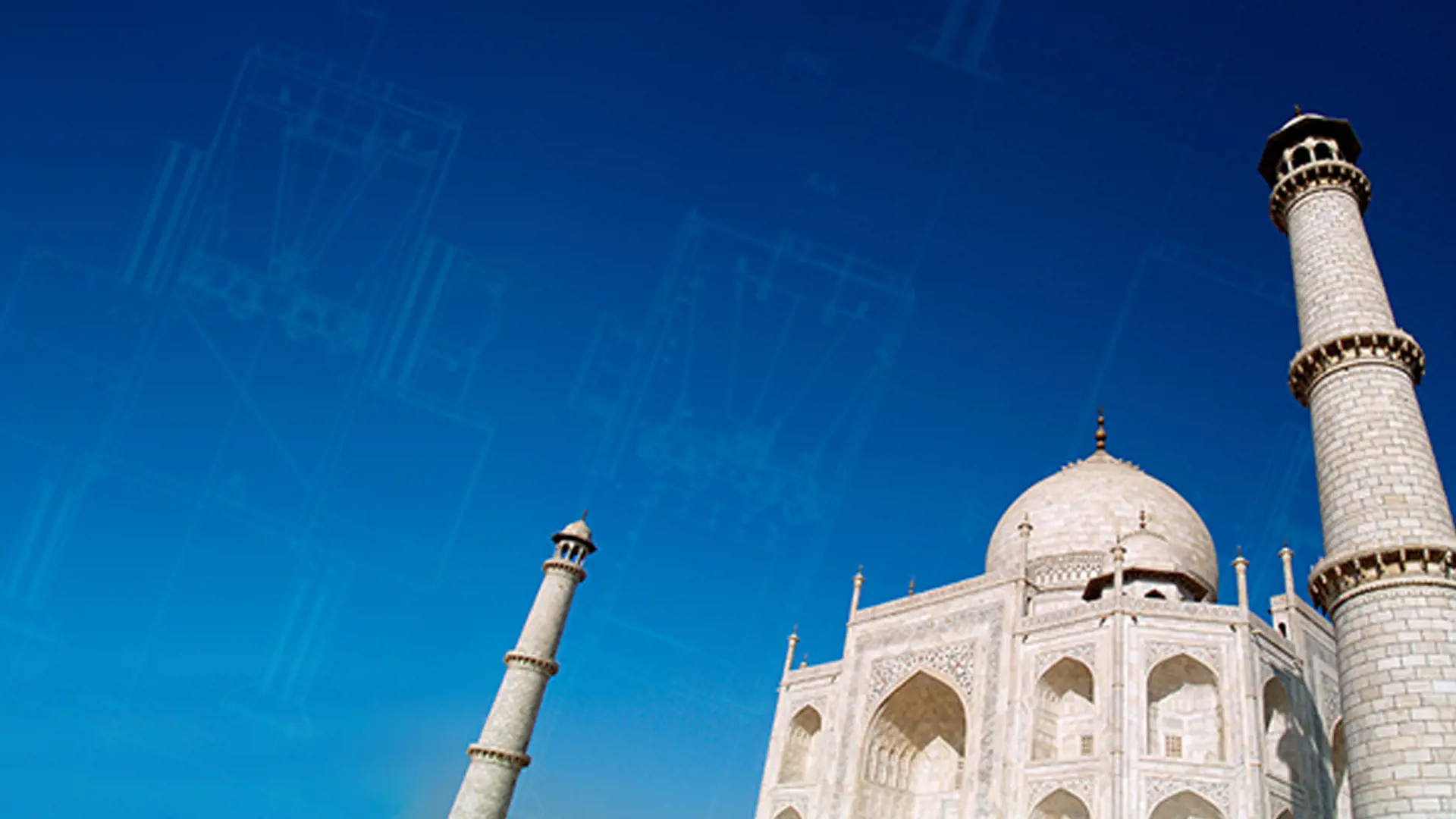Case: Indian
The customer's challenge
The customer wanted to ensure that the speed of its tare encoding process matched the high capacity of its FLEXSPEED plants and to avoid human errors in the process and with that the risk of over or under filling cylinders.
Our solution
Our solution was a fully automatic tare reading vision unit based on advanced figure recognition technology that uses a camera system with specially designed associated OCR software to identify and process the data.
The outcome
The outcome was a tare encoding solution fast enough to match the high capacity filling equipment installed in the customer's plants to avoid bottlenecks. Additionally, two manual encoding staff members per filling plant were freed to assume other tasks.
The scope of supply
To date, 33 vision unit systems have been commissioned across Indian filling sites - 84 worldwide.
It was a coincidence that led to the success of the KC(today known as MAKEEN Energy) vision unit installed in numerous filling sites all over India. Originally, the customer intended to commission another system to overcome its challenges, but that system failed to deliver the needed results and was too difficult to implement, which paved the way for the revolutionary tare reading vision unit.
When Kosan Crisplant was first commissioned to solve the customer's problem of keeping up the tare encoding pace, he had his heart set on the RFID system (Radio Frequency Identification), which was tested in one of his filling sites. A great system in theory that registers all the cylinder data such as tare, due for inspection date, and serial number available through a tag placed on the cylinder. But when it came down to manually tagging a minimum of 2.5 million cylinders in each of the customer's plants, the task proved to be too big and time consuming to implement.
Hence, the customer co-operated with Kosan Crisplant to come up with an alternate solution. The result was a fully automatic vision unit for taring and sorting of LPG cylinders based on advanced figure recognition technology that uses a camera system with specially designed associated OCR software to identify and process the data. This new system was supplied alongside the high-capacity filling carrousel, the FLEXSPEED, that fills 4,500 cylinders per hour - an amount impossible to encode manually.
If at first you don't succeed, try, try again
The vision unit didn't become a success over night, though. As it was first installed in 2009, some issues arose. The project had to be extraordinarily approved by the petroleum safety and regulation authority in India since the process of reading the tares takes place inside a purge tunnel which isn't allowed in India. But because it was a ground-breaking project, it was authorised.
Likewise, challenges were encountered with the type of fonts used on Indian cylinders which initially made the vision unit reject the cylinders. The first vision unit was able to read 95% of the cylinders which was good, but not as good as expected. However, having to correct the tare print of only a maximum of 5% rejected cylinders, the vision unit was still the preferred choice. To further accommodate this issue, KC developed a special font for the cylinders pointing to the rather unique fact that if a human could read the tare within a blink of the eye - the camera is also able to read it.
Another concern was that the vision unit read the tare only from the centre of the cylinder which, due to the Indian weather conditions, generally gathers a lot of dirt thus occasionally causing more than 5% of the cylinder readings to be rejected. Fortunately, our customer was still convinced of the system's potential and willingly bought more pending an improvement of the system. 2-3 years of engineering went by before finding the perfect solution that read the tare weight both from the side stay plate and the centre of the cylinders thus increasing the system's flexibility. The Indian player loyally ordered an additional 18 vision units.
All good things come to those who wait
The customer's goal to free up man power otherwise used for manual encoding became a reality and as the customer runs double shifts, two people per plant were freed for other functions. Another objective had been to avoid bottlenecks from occurring at the encoding station thus maintaining a high capacity whatever the speed. Eliminating the human factor in the encoding process ensured an all-time low error margin in terms of wrong readings and encoding which makes the cylinders as safe as can be.
With the ongoing improvements of the system, the 3rd generation vision unit with its enhanced camera is now able to read a whopping 99,8% of all cylinders provided that the tare font is readable to the human eye.
Reaching the goal together
The vision unit has come a long way since seeing the light of day in 2009. Our customer believed in the technology even then and more importantly - in Kosan Crisplant. He ran the risk of ordering the system before anyone else and showed great faith in KC trusting that the equipment and the promises would live up to his expectations.




